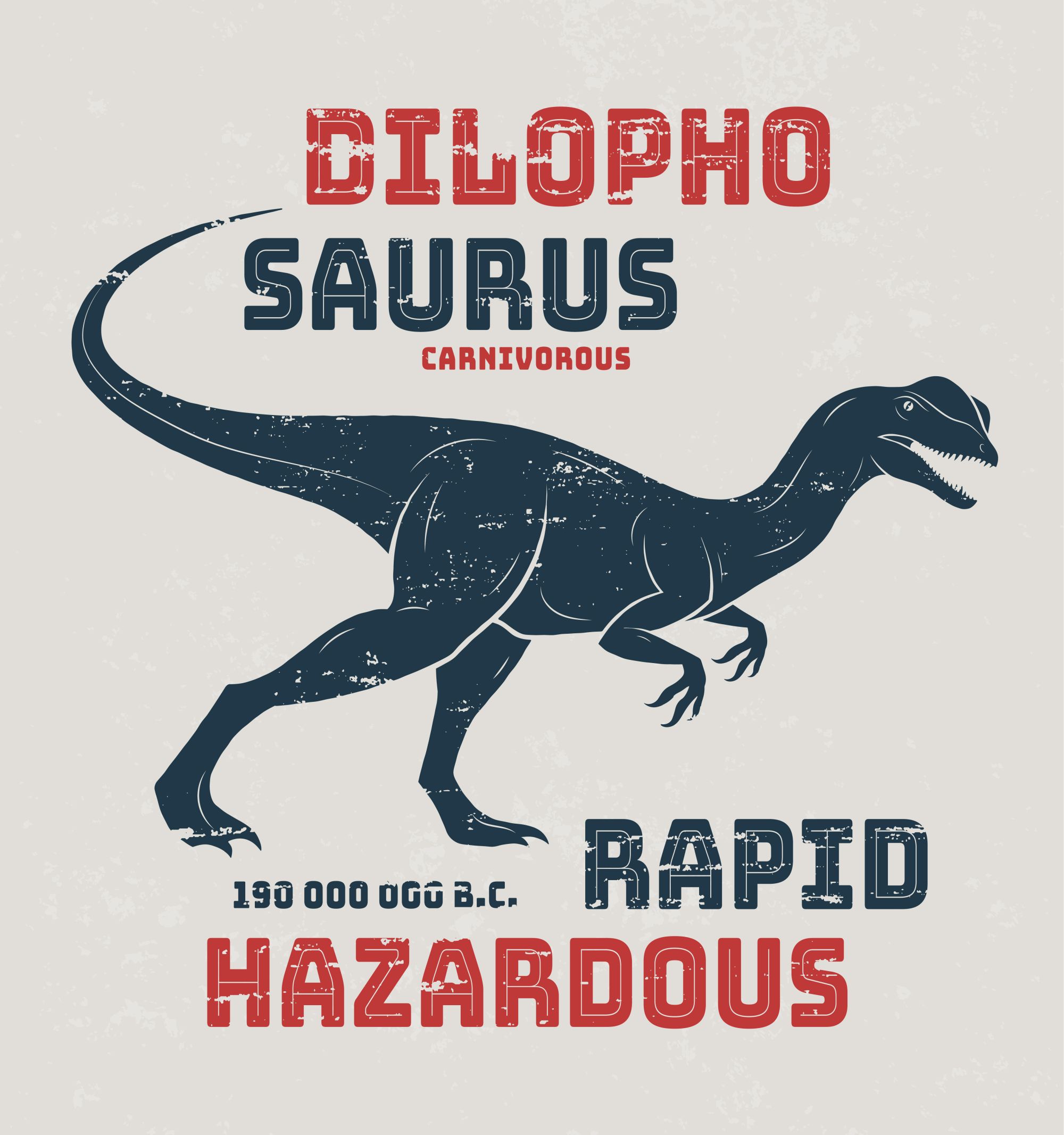How to spot a marketing dinosaur

We recently hosted a seminar at techUK presented by Grant Leboff of “Sticky Marketing” fame, and it was a revelation. Grant has the ability to put into words the things you might have been secretly wondering about, and he is not afraid to challenge conventional thinking. Here in a nutshell is his challenge to the “Four P Marketing Mix”: Product, Promotion, Price and Place. These were introduced in the early ‘60s by Edmund J. McCarthy, but the world of marketing and buying has changed dramatically since then – although we can still spot examples of marketing that does not appear to have evolved much from that thinking.
IT’S NOT PRODUCT, IT’S EXPERIENCE
Very little is unique any more, so products and services are difficult to differentiate. When Apple launched the iPad, there were competing tablet devices on the market within a few months. If you sell services, it is even worse. Whatever unique angle you come up with, your competitor can copy it or at least say they can do it. Customers are faced with a choice of several alternative but very similar products, and the ones they choose are the ones they feel best about. We usually have preferences even for something as simple as a coffee chain, and this preference is usually based on an emotional response to the experience. That experience is more important than the product itself, because the product no longer has sufficient differentiation to influence a purchase.
IT’S NOT PROMOTION, IT’S COMMUNICATION
In the 1960s Promotion was led by forms of advertising. Advertising interrupted our lives with offers, incentives and appeals to purchase. Compared to today, there were fewer marketing promotions and as a result they were effective. However as promotion became more widespread, the impact was less and now interruptive promotion is usually either ignored or regarded as an irritation.
Effective promotion has evolved into something else, something that buyers actually want. Communication from the seller is received positively if it has value, such as in the form of information, interest or entertainment. Marketing now builds up a following through communication – more like a media channel than product promotion – and creates brand and product awareness in more subtle ways. eSpares is a great example. They have a Youtube channel containing instructional videos on how to do DIY repairs on household appliances. Many people use these videos to help them find the faults, take the products apart and fit the replacement parts. Who can sell them the parts? eSpares of course.
IT’S NOT PRICE, IT’S VALUE
Price is what you pay. Value is what you get. Populations have become wealthier since the 1960’s and price is no longer the deciding factor in many purchasing decisions. If everyone bought only the cheapest products, many businesses would fail. People will pay more for a product if they perceive that the value they get is even higher. We now see marketing messages emphasising style, design, safety features, efficiency, reputation, reliability and value for money. The savvy buyer knows that a low price-point comes with a low value, and if that value does not meet their needs they will pay more.
IT’S NOT PLACE, IT’S ACCESSIBILITY
Place used to refer to Market, and in the days of limited media reach and transport, markets were geographically limited. Now, with the global reach of the internet, social media and supply chains, there are far fewer restrains on Place. Instead, people are likely to buy what they know about. If they have access to the communication (see above), then the purchase decisions can be influenced. If there is limited accessibility between supplier and market, then there is a serious problem for the supplier. Communication and Accessibility are closely linked, and Grant Leboff likens this to owning a media channel. Prior to 2007, the start of the social network explosion, almost all information came through official channels. Since then, anyone can have a channel in the form of web sites, LinkedIn, Facebook, Youtube and others. What makes the channel effective for marketing is the content it carries. Attractive content not only creates initial awareness, it also builds confidence, reputation and engagement. According to Forrester Research, 94% of all B2B purchases start with an on-line search.
There are still marketers who cling to the Four Ps of the Marketing Mix, but their position can be very easily challenged by anyone taking the approach of Communication, Accessibility, Value and Experience (CAVE). Grant concluded with two strong recommendations.
“Marketing is no longer about winning customers, it is about building communities. And before you can have a share of the customer’s wallet you must have a share of their mind.”
All this reinforces the fact that sporadic interruption marketing will have limited effect. Marketing must now be a strategic, joined-up, long-term approach to gain happy and loyal customers.
If you want to read more from Grant Leboff, his more recent “Myths of Marketing” book is recommended.
